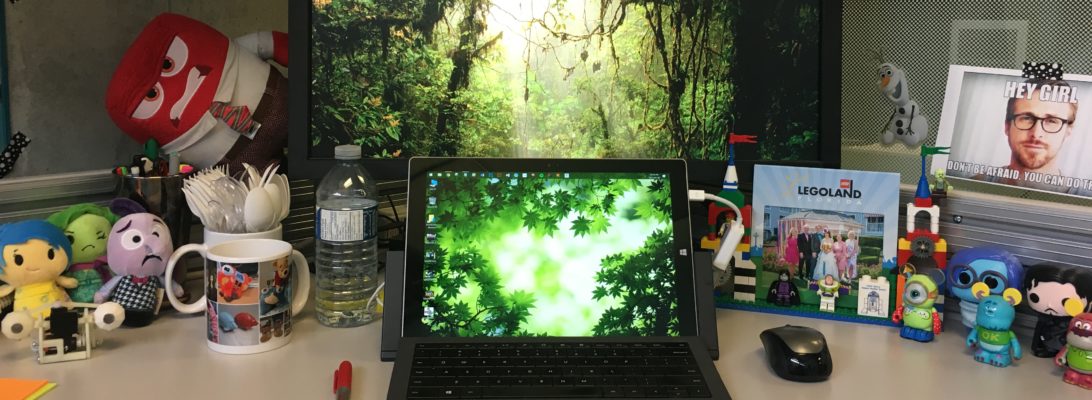During the summer of 2007, when I was working on the wiEGO project, I supervised my second
WISEST student, Joyce Lam. Because there was lots of work in the Software Engineering lab investigating wikis and blogs, we set Joyce up on a project that analyzed the relationships that existed between wiki users. Using the Annoki Software Engineering wiki, she modified an existing wiki visualization program to help users compare the behavior (number of wiki page edits) of any two wiki contributors. As the first picture illustrates, a user of the Java-based visualization program can select two users who have contributed to the Annoki Wiki and then view an orbit graph (Image 2). In the main application panel, you can also choose to view a one person orbit diagram, or a two person diagram. You can also zoom in and out of the graph, hide pages you don’t want to see, and view a number of wiki statistics on the right hand side.


In an orbit graph, there is a central orb surrounded by a number of concentric circles. In the center orb are the two wiki contributors which were selected to be compared. In each concentric circle, there are a number of wiki pages (represented by colored dots). Each dot represents a wiki page present in the Annoki wiki. The color of each dot indicates which wiki contributor edited the page (one, the other, or both). The dots which are closest to the center orb have been edited the most, those edited the least (if at all) are the farthest away.

One can also select a specific wiki contributor and view all of the wiki pages that were edited by that contributor (via lines/edges connecting the dots). Although this project was not completed finished, both Joyce and I learned many interesting things about integrating wiki information with visualizations during her summer internship.





